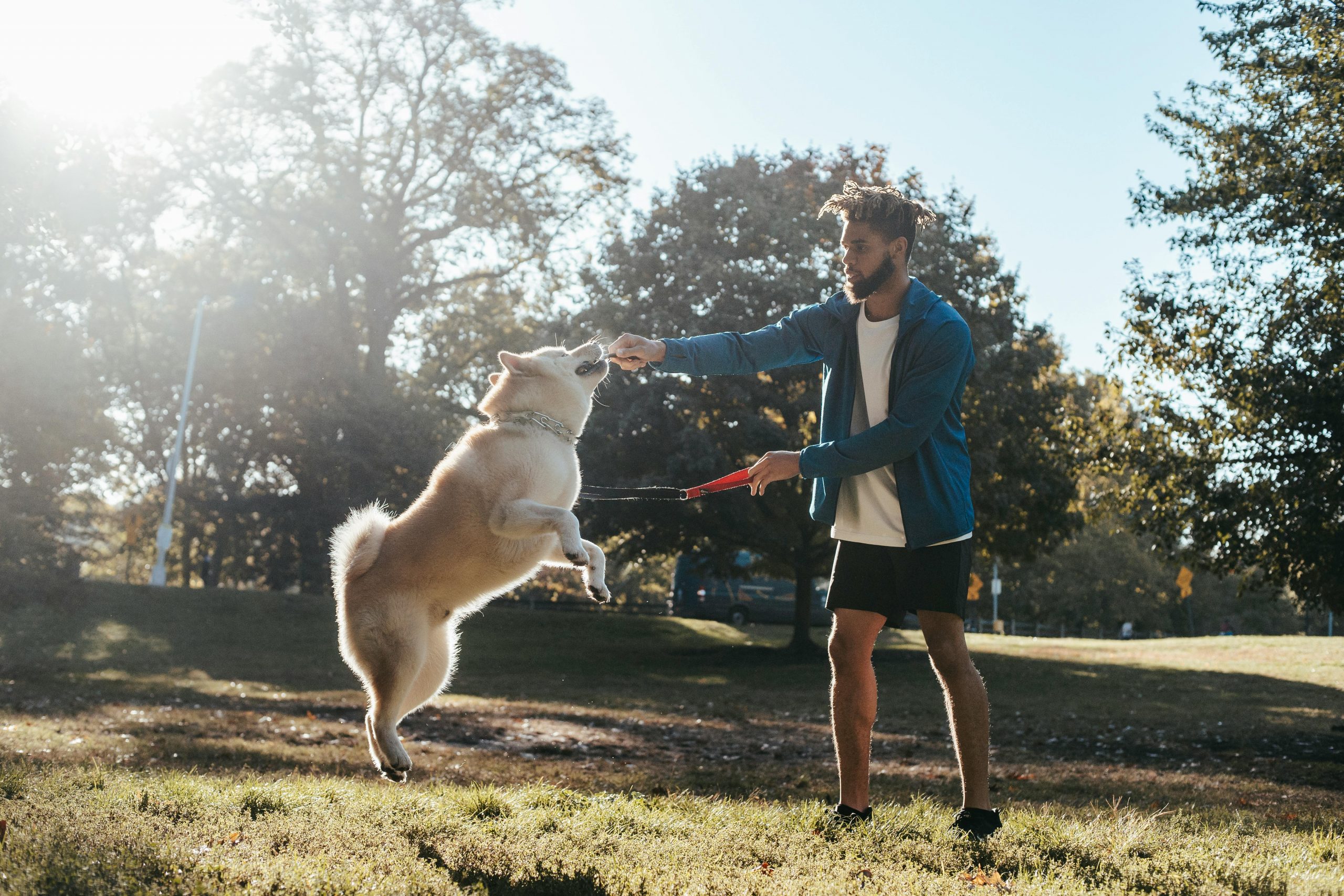Training your dog effectively is crucial for establishing a harmonious relationship between you and your furry friend. A well-trained dog not only follows commands but also understands the boundaries and expectations within your home, leading to a more relaxed and enjoyable environment for both of you. Effective dog training involves patience, consistency, and a deep understanding of your dog’s unique behavior and needs.
Whether you’re a first-time dog owner or looking to refine your training techniques, this comprehensive guide will provide you with essential tips and strategies on how to train your dog effectively. From basic commands to advanced training tips, you’ll learn how to create a positive and structured learning experience for your dog, ensuring a well-behaved and happy companion.

Understanding Your Dog’s Behavior
Before diving into specific training techniques, it’s important to understand your dog’s behavior. Dogs, like humans, have individual personalities and temperaments. Observing your dog’s behavior will help you tailor your training approach to their specific needs. Pay attention to their body language, energy levels, and responses to different stimuli. Understanding these aspects will make it easier to communicate with your dog and address any behavioral issues that may arise.
Learn Effective Training With DogAcademy’s Online Classes
Basic Commands Every Dog Should Know
Effective dog training starts with teaching basic commands that form the foundation for more advanced training. These commands include:
- Sit: This is usually the first command dogs learn. It’s a simple way to get your dog to stay in one place.
- Stay: This command helps keep your dog in place until you release them.
- Come: Essential for ensuring your dog returns to you, especially in potentially dangerous situations.
- Heel: This command keeps your dog walking beside you, making walks more enjoyable and controlled.
Teaching these basic commands involves repetition, positive reinforcement, and patience.
Positive Reinforcement Techniques
One of the most effective ways to train your dog is through positive reinforcement. This method involves rewarding your dog for good behavior, which encourages them to repeat the desired actions. Rewards can include treats, praise, or playtime. The key is to provide immediate and consistent rewards when your dog exhibits the correct behavior. This technique not only makes training more enjoyable for your dog but also strengthens the bond between you and your pet.
Common Mistakes to Avoid in Dog Training
While training your dog, it’s important to avoid common mistakes that can hinder progress and create confusion. Some of these mistakes include:
- Inconsistency: Dogs need clear and consistent signals. Mixed messages can confuse them and slow down the training process.
- Using Negative Reinforcement: Punishing your dog for bad behavior can create fear and anxiety, leading to more behavioral problems.
- Lack of Patience: Training takes time. Rushing the process or expecting immediate results can be frustrating for both you and your dog.
Find Out How To Train Your Dog Not To Jump
Advanced Training Tips for Your Dog
Once your dog has mastered the basic commands, you can move on to more advanced training. Advanced training can include agility training, scent work, or even tricks like rolling over or playing dead. These activities not only keep your dog mentally stimulated but also strengthen your bond. The principles of advanced training are similar to basic training: patience, consistency, and positive reinforcement. Break down complex tasks into smaller steps and gradually increase the difficulty as your dog improves.
Consistency and Patience in Dog Training
Consistency and patience are the cornerstones of effective dog training. Training sessions should be regular but not overly long, to prevent your dog from becoming bored or frustrated. Consistently using the same commands, gestures, and rewards will help your dog understand what is expected of them. Additionally, maintaining a calm and patient demeanor will create a positive learning environment for your dog, making the training process smoother and more enjoyable.
Train Your Dog With Key Commands And Behaviors
Conclusion: How To Train Your Dog Effectively for Long-Term Success
In conclusion, training your dog effectively is a rewarding process that requires understanding, patience, and consistency. You can develop a well-behaved and happy companion by starting with the basics, using positive reinforcement, and avoiding common mistakes. Advanced training can further enhance your dog’s skills and provide mental stimulation, strengthening the bond between you and your pet. Remember, the key to successful dog training lies in communicating clearly and consistently with your dog, creating a positive and structured learning experience.

 Toledo, United States.
Toledo, United States.